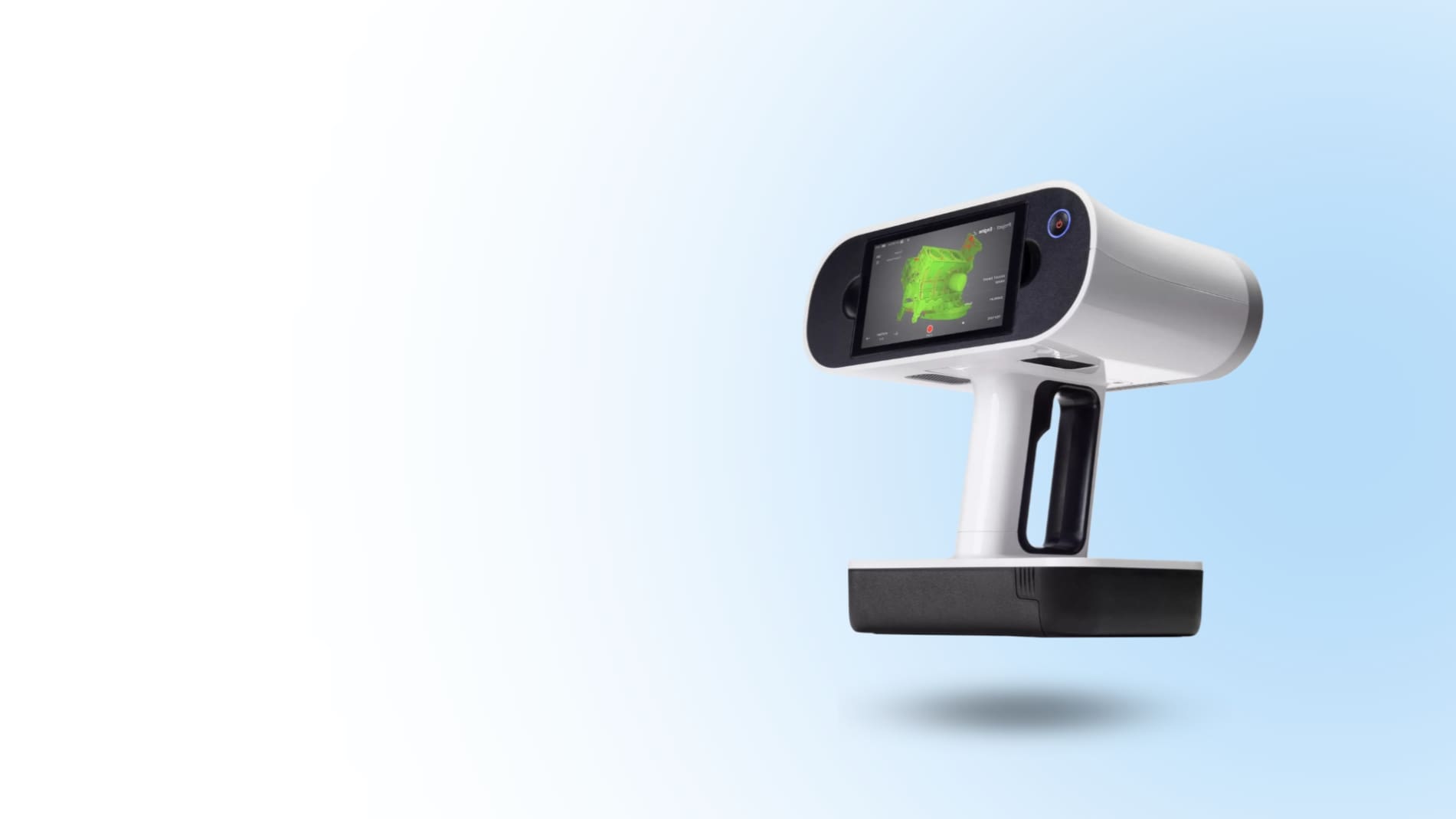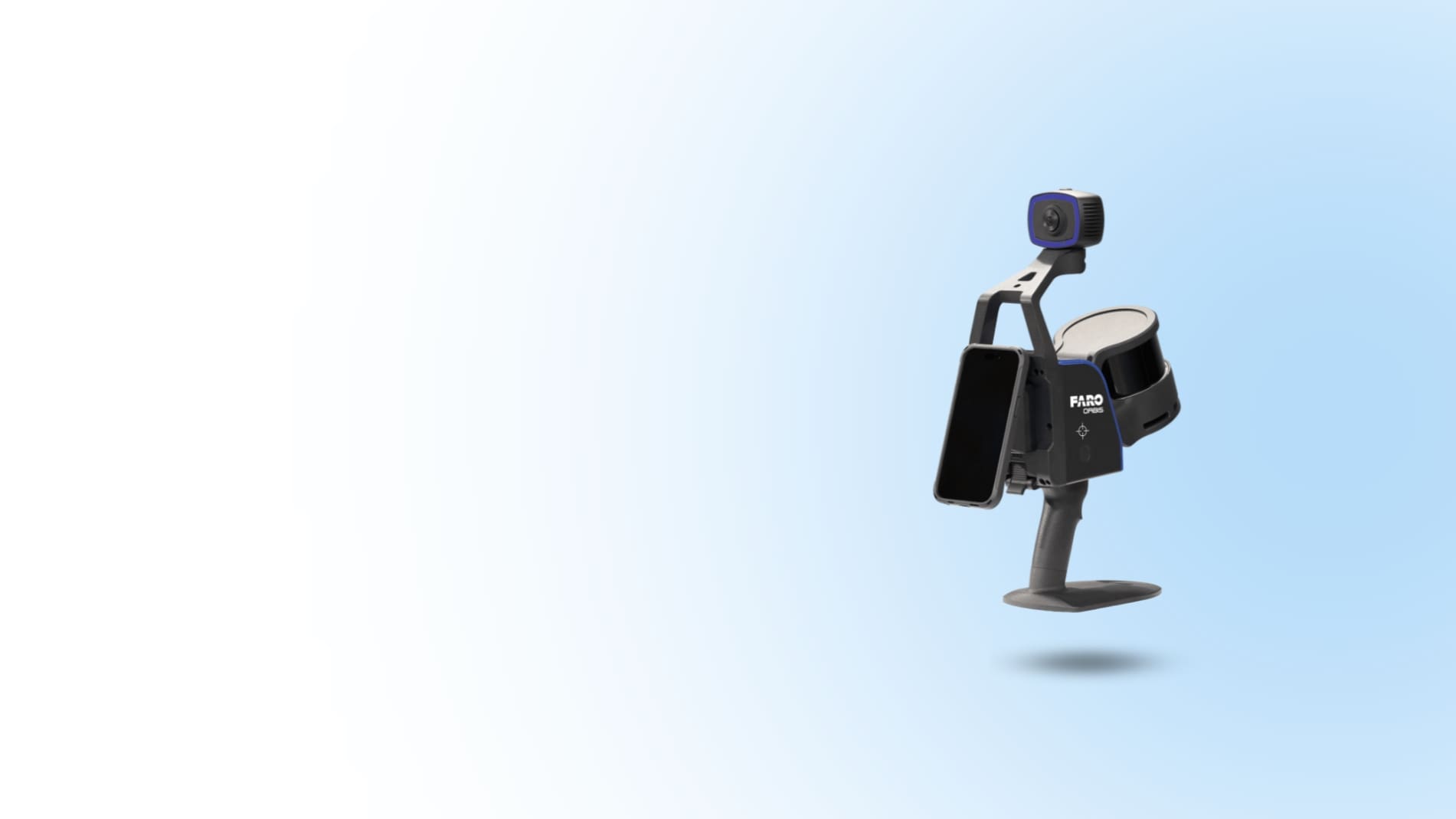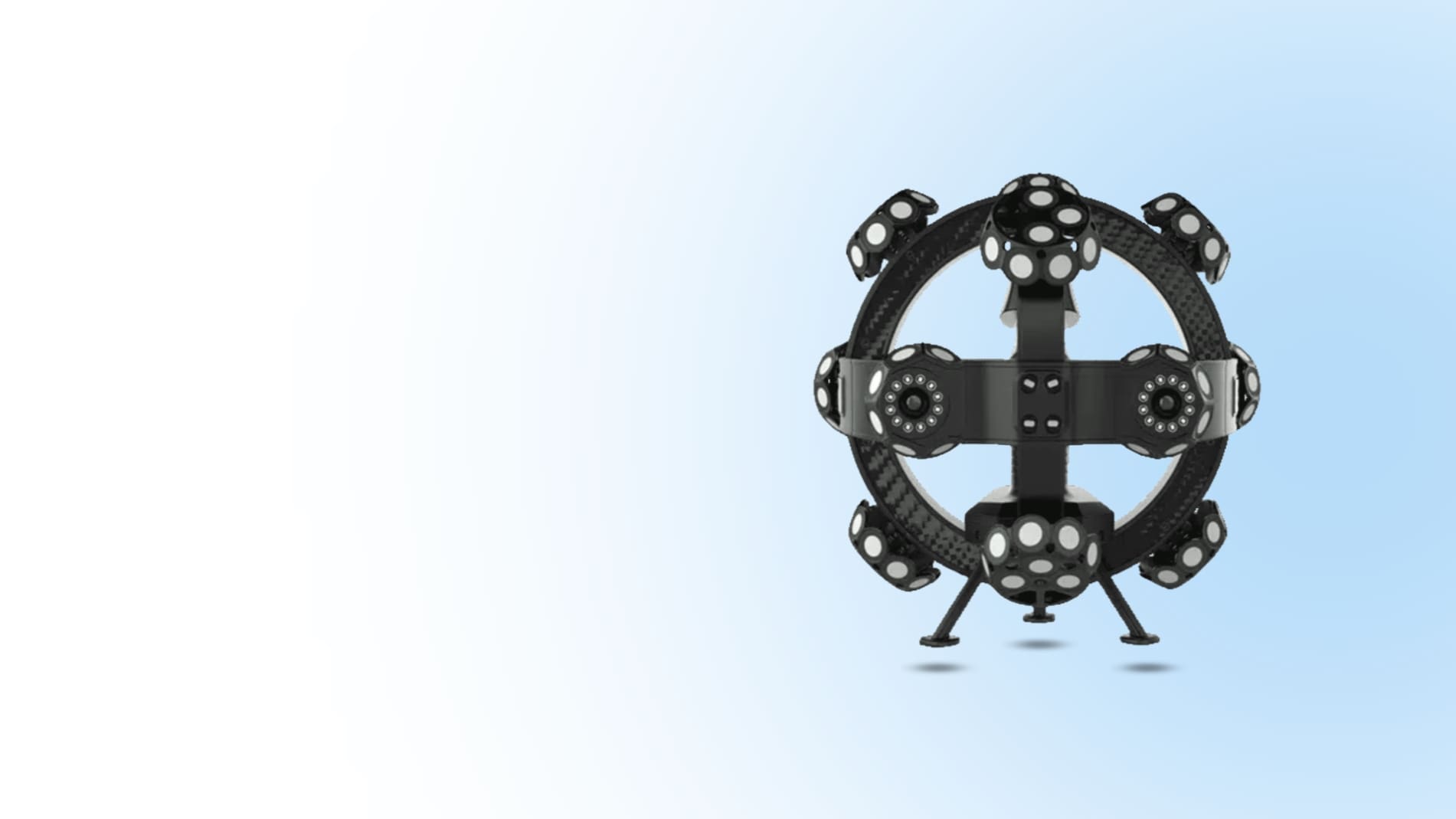
Choosing the Right Handheld Scanner
Your choice of a handheld 3D scanner depends on many factors, including the intended application, the environment it’ll be used
Advancements in 3D scanning technology have opened up a world of possibilities, from healthcare to archaeology to wildlife conservation. By creating detailed digital models of real-world objects and environments, 3D scanning allows us to visualize and manipulate the physical world in previously impossible ways.
But 3D scanning is not just a cool technology; it has the power to transform lives. From creating custom prosthetic limbs to planning complex surgical procedures, 3D scanning makes a real difference in people’s lives. In this post, we’ll explore five incredible stories of how 3D scanning has been used to save or change lives, from reconstructive surgery to wildlife conservation. These stories demonstrate the tremendous potential of 3D scanning technology to improve our world and positively impact society.
So sit back and prepare to be amazed by these inspiring stories of how 3D scanning has been used already to save or change lives:
These are just a few examples of how 3D scanning has been used to save or change lives. As technology continues to improve, we can expect to see even more innovative and life-changing applications in the future.
Do you have a life-changing 3D scanning story to share? Get in touch with us today!
3D Scanning & Metrology News, Press, Insights, Trends, Case Studies, and more.

Your choice of a handheld 3D scanner depends on many factors, including the intended application, the environment it’ll be used

Although handheld scanners offer high accuracy, their level of precision can’t be compared to that of stationary scanners. The fact

3D scanning has become a game-changer across multiple industries, enabling businesses to streamline workflows, improve accuracy, and reduce production costs.

As industries evolve and digital transformation accelerates, 3D scanners have become indispensable tools across manufacturing, healthcare, architecture, and more. These
Secure SSL Encrypted Connection
Two-factor Authentication
© Copyright 2024 – Digitize Designs, LLC – Privacy Policy – Website by Ultra Dynamic Graphics